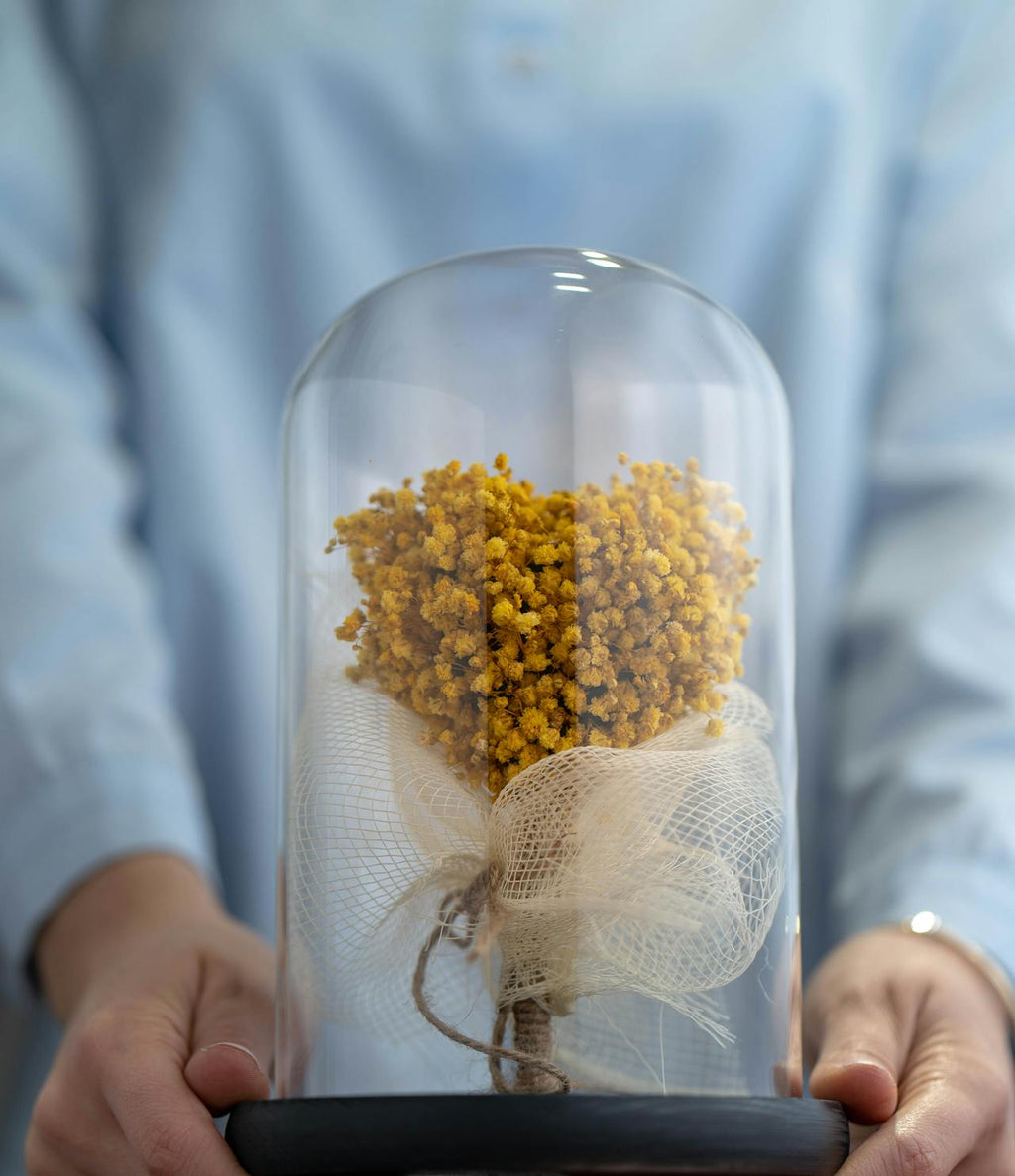Flower themes in K-pop are a recurring motif, symbolizing emotions, aesthetics, and narratives in music, visuals, and storytelling. This guide explores their significance, common flowers used, and examples from K-pop groups and artists, drawing from cultural contexts and artistic expressions.
Significance of Flower Themes in K-pop
Flowers in K-pop often carry symbolic meanings rooted in Korean culture, hanakotoba (Japanese flower language), or universal associations. They are used to:
- Convey Emotions: Love, loss, hope, or resilience.
- Enhance Aesthetics: Vibrant or delicate visuals in music videos, album art, and stage designs.
- Build Narratives: Flowers tie into concept storytelling, representing growth, seasons, or personal journeys.
- Connect to Fans: Flowers are often adopted as symbols for fandoms or group identities.
Common Flowers and Their Meanings
Here are some frequently used flowers in K-pop and their symbolic interpretations:
-
Cherry Blossoms (Sakura)
- Meaning: Transience, beauty, renewal.
- Cultural Context: In Korea, cherry blossoms symbolize spring and fleeting moments, often tied to youth or nostalgia.
-
Examples:
- BTS’s Spring Day uses cherry blossoms to evoke longing and fleeting memories. The music video features soft pink petals, emphasizing emotional transience.
- IU’s Jam Jam incorporates cherry blossom imagery for a playful, youthful vibe.
-
Roses
- Meaning: Love, passion, or sacrifice (red); purity or innocence (white).
- Cultural Context: Roses are universal but often carry layered meanings in K-pop, such as unrequited love or devotion.
-
Examples:
- BLACKPINK’s Lovesick Girls uses red roses in visuals to symbolize passionate yet painful love.
- EXO’s Love Me Right features white roses, aligning with the song’s pure, romantic theme.
-
Lotus
- Meaning: Purity, overcoming adversity, spiritual growth.
- Cultural Context: In Korean Buddhist traditions, the lotus represents rising above challenges, as it blooms cleanly in muddy waters.
-
Examples:
- TXT’s Blue Hour subtly references lotuses in choreography and visuals, symbolizing growth through uncertainty.
- SEVENTEEN’s LOTUS (from their Japanese discography) uses the flower to represent resilience and unity.
-
Sunflowers
- Meaning: Positivity, loyalty, admiration.
- Cultural Context: Sunflowers are associated with brightness and unwavering devotion, often tied to fan-artist relationships.
-
Examples:
- TWICE’s Feel Special incorporates sunflower imagery in stage performances, reflecting gratitude toward fans.
- ENHYPEN’s fanbase, ENGENE, is sometimes linked to sunflowers, symbolizing loyalty.
-
Cosmos
- Meaning: Harmony, peace, order.
- Cultural Context: In Korea, cosmos flowers bloom in autumn, symbolizing balance and beauty in simplicity.
-
Examples:
- Red Velvet’s Power Up uses cosmos-inspired stage designs to evoke summery, harmonious vibes.
- GFRIEND’s Flower directly references cosmos flowers, tying into themes of delicate strength.
Flower Themes in Fandoms
Many K-pop groups assign flowers to their fandoms, strengthening emotional bonds:
- BTS (ARMY): While not officially tied to a flower, fans often associate ARMY with purple flowers (like lavender) due to the group’s love for purple, symbolizing trust and devotion.
- SEVENTEEN (CARAT): The lotus is a recurring motif, representing the group’s journey and fans’ support.
- LOONA: Each member is assigned a unique flower (e.g., Yves’ apple blossom, Chuu’s strawberry flower), creating a “flower garden” concept for the group.
Visual and Conceptual Use
- Music Videos: Flowers often set the mood. For example, ATEEZ’s Eternal Sunshine uses vibrant floral backdrops to enhance its dreamy aesthetic.
- Album Art: Stray Kids’ Clé series included floral elements to represent growth and new beginnings.
- Stage Design: Groups like NCT and ITZY use flower-inspired stages (e.g., cherry blossoms or roses) to complement song themes during concerts.
- Choreography: Subtle gestures mimicking petals or blooms appear in dances, like in LE SSERAFIM’s EASY, where movements evoke delicate flower swaying.
Cultural and Seasonal Ties
Korea’s four distinct seasons influence flower themes:
- Spring: Cherry blossoms and magnolias dominate, as seen in MAMAMOO’s Starry Night.
- Summer: Sunflowers and hibiscus reflect vibrancy, like in OH MY GIRL’s Dun Dun Dance.
- Autumn: Cosmos and chrysanthemums evoke nostalgia, as in DAY6’s You Were Beautiful.
- Winter: Camellias or plum blossoms symbolize resilience, seen in IU’s Winter Sleep.
Tips for Fans Exploring Flower Themes
- Research Hanakotoba: Understanding Japanese flower language (widely influential in K-pop) deepens appreciation of lyrics and visuals.
- Follow Fandom Symbols: Check official group or fanbase social media for flower-related content, especially during comebacks.
- Notice Visual Cues: Pay attention to music videos, photocards, and concert stages for recurring floral motifs.
- Engage with Fan Projects: Fans often create flower-themed gifts or events (e.g., flower crowns for idols), which can be a fun way to connect.
Flower themes in K-pop are more than aesthetic choices—they weave cultural, emotional, and narrative depth into music and performances. From cherry blossoms symbolizing fleeting youth to lotuses representing resilience, these motifs create a rich tapestry for fans to explore. Whether through lyrics, visuals, or fandom culture, flowers bloom vibrantly in K-pop’s storytelling.



